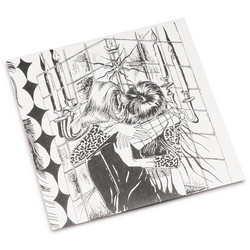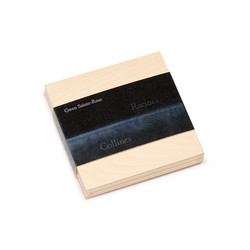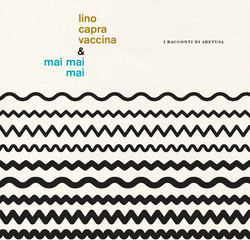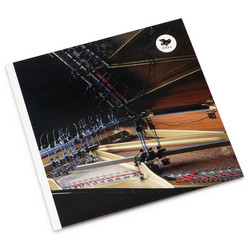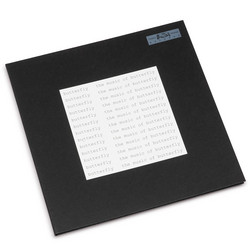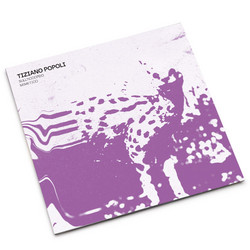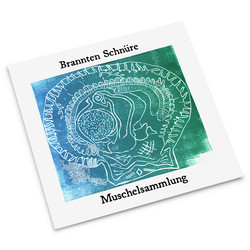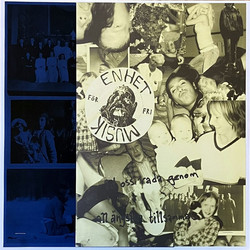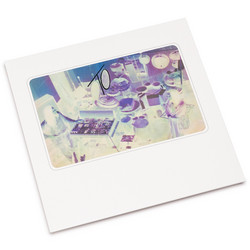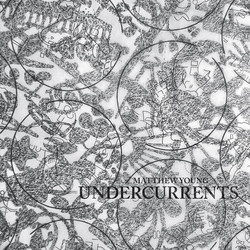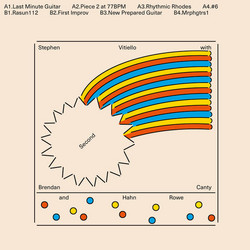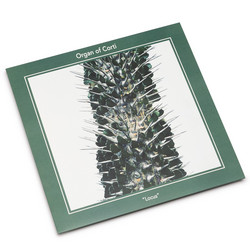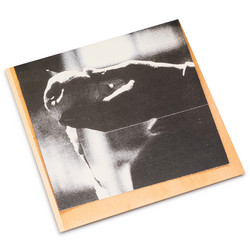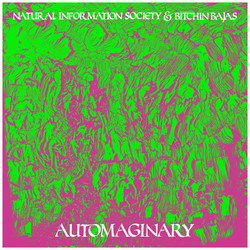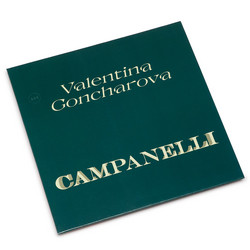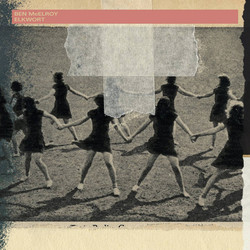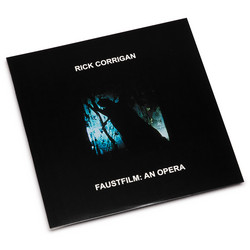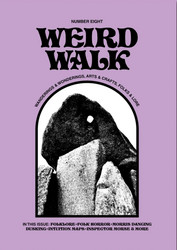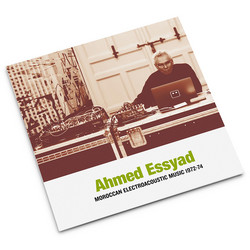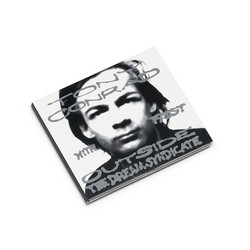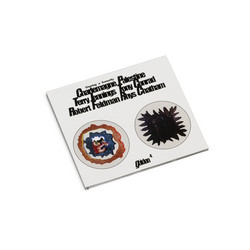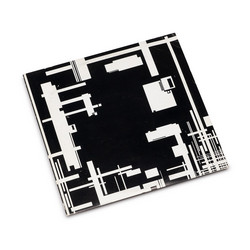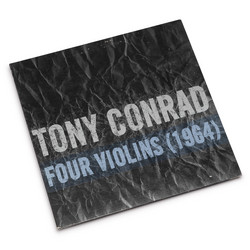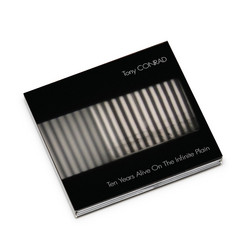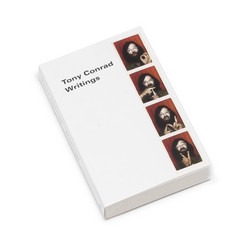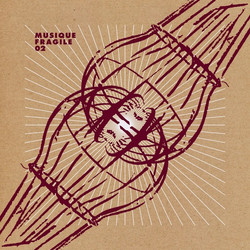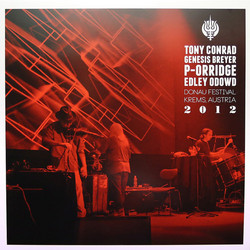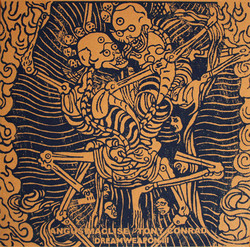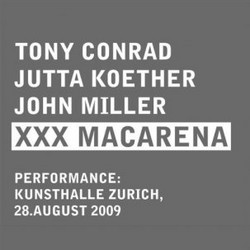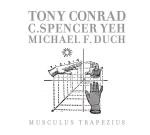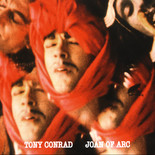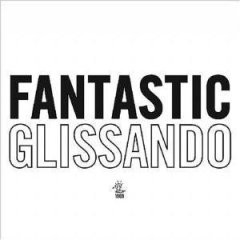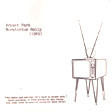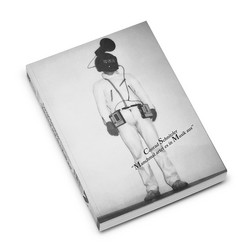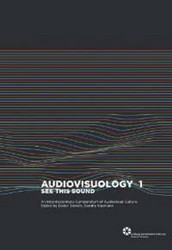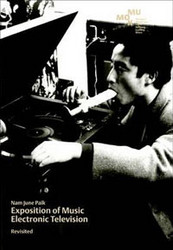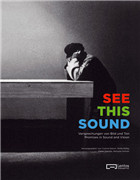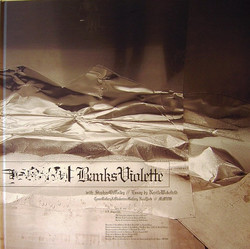Tony Conrad
Introducing Tony Conrad: A Retrospective
Throughout his six-decade career, Tony Conrad (1940–2016) forged a unique path through numerous artistic movements and a vast range of cultural forms—from Fluxus to rock music, from structural film to public access television. Published on the occasion of the first large-scale museum survey devoted to works Conrad presented in museum and gallery settings, this richly illustrated catalogue offers an in-depth introduction to Conrad's life and career.
Often unified by the diverse tastes of fans, avant-garde and experimental music can be a radically divided realms. These sounds are rarely mere music, but rather a spectrum of creativity doubling as social metaphor - highly individualized philosophies offering abstract terms for interacting, interpreting, and existing in the world. It is a way of life - the arts leading by example, where revolutions can easily give way to lines in the sand, dividing hard fought principles and ideals. Perhaps more than any other, the histories of Fluxus and Minimalist music - junctions of music, fine art, and philosophy, offer a window into this complexity. As simple and elegant as they might seem, what they are, with where they come from, has birthed contention since their earliest days, in many cases drawing on a single source - the fiercely principled voice of Tony Conrad, the subject of the volume in our hands - Introducing Tony Conrad: A Retrospective, a lavish catalog produced to accompany the exhibition bearing the same name, published by Koenig Books, in conjunction with the Albright–Knox, MIT, and Philadelphia’s Institute of Contemporary Art. 
Conrad, who we tragically lost in 2016, was a friend to a great many of us - a relentless, joyous spirit who never stopped working, fighting, or towing the line. Endlessly supportive of the young and old alike, he reminded us what was possible, what experimental practice was all about, showed us the way, and drew our line in the sand. He was a one man revolution - creatively brilliant and deeply socially and politically conscious to the bitter end, yet rarely did a thing without humor and whit. Conrad’s contribution was vast. Not only was he one of the earliest members of Fluxus, a godfather of Minimalism and drone music, as well as contributing a number of the most important efforts in Structuralist film, but, for the entirety of his life, he remained an uncategorizable, autonomous, visionary artist, working across nearly every possible medium and field. He changed history in his wake, but, until his final decades, remained sinfully uncelebrated for his profound gift to the world.
Introducing Tony Conrad: A Retrospective, a stunningly diverse exhibition - the first large-scale museum survey devoted him, which is currently traveling across the United States, is arguably the crown jewel of a movement which began during the 1990’s with the efforts of labels like Table of the Elements and artists like Jim O’Rourke and David Grubbs, rescuing the artists from decades of critical neglect. Needless to say, we were overjoyed to be able to get our hands on copies of the stunning catalog produced with the show - six decades of overwhelming work, spread across 304 pages of incredible images and texts by Constance DeJong, Diedrich Diederichsen, Anthony Elms, Branden W. Joseph, Tony Oursler and Christopher Williams, all casting light onto his unique and incredible career. 
It’s always hard to pick favorites, but Introducing Tony Conrad is unquestionably one the most exciting books to emerge this year - filled with revelation, insight and surprise, finally offering Conrad the attention and recognition he’s always deserved. An unparalleled survey of his work in painting, sculpture, film, video, performance and installation, this one is as essential as books on experimental practice come. It won’t sit around for long. Move fast, it's bound to blow minds.

